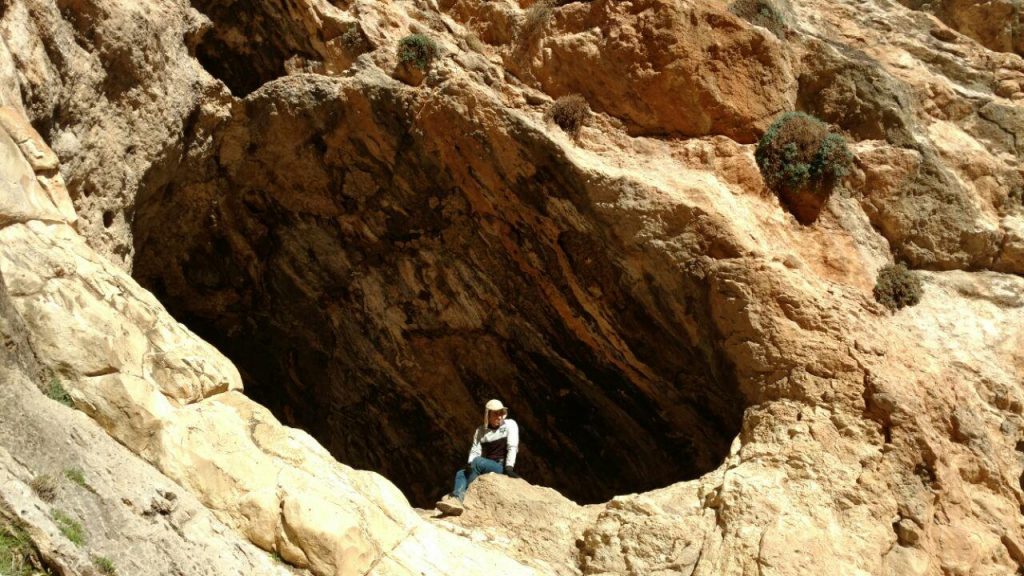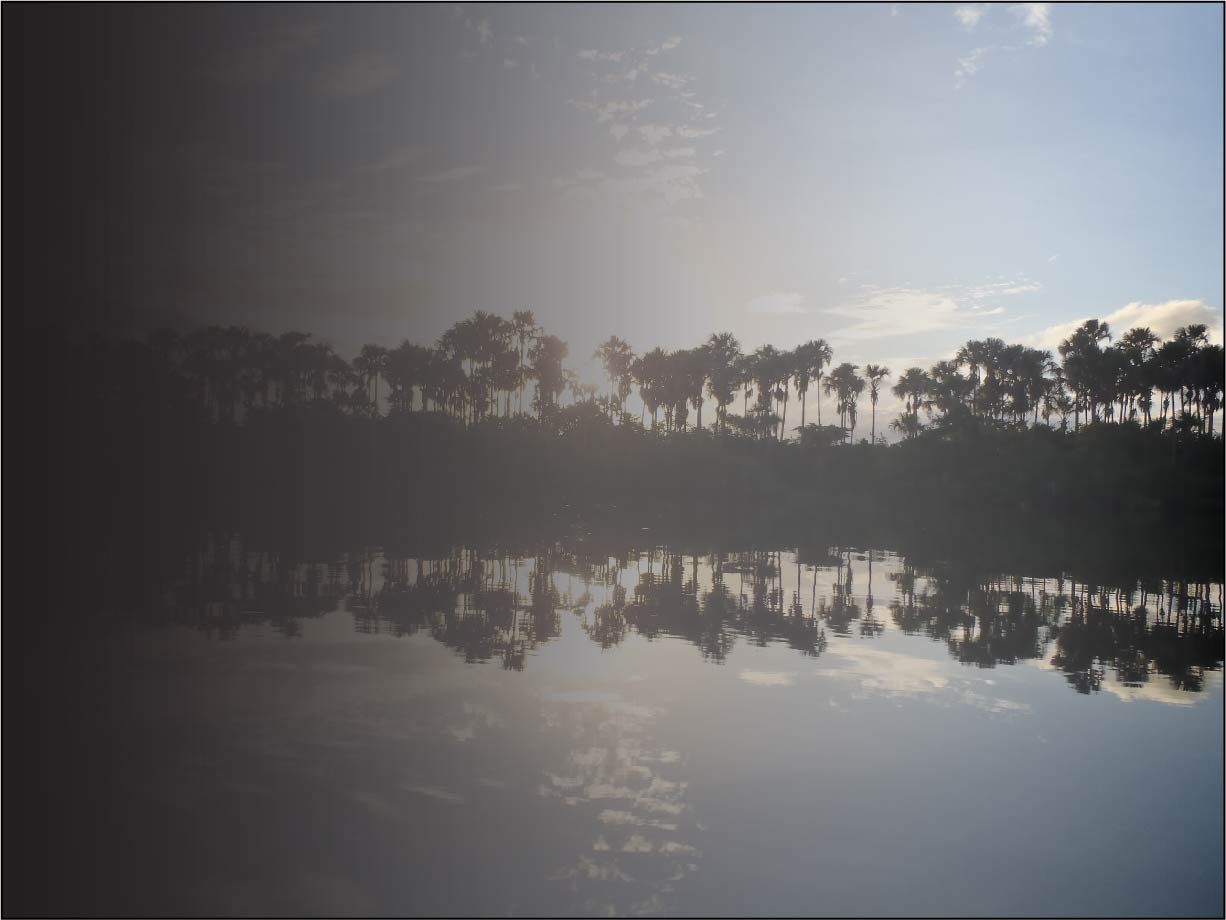This user has not added any information to their profile yet.

When talking about humans in the Paleolithic Age, we should know that we are talking about people about whom there is little information. We think of them as people chasing preys with spears in their hands in forests or snow-covered mountains, or sitting in a cave by a fireplace and making tools. However, the reality is very different from what we imagine. This is where a Paleolithic archaeologist has the duty to make this stereotypical image as clear as possible by answering questions such as "where did these humans come from?", "when did they appear?", "what destiny did they have?", "what intra-and inter-group relationships did they have?", "what mechanisms did they use to adapt to the environment?", "what were the reasons for their expansion and extinction?", "which lifestyle did they have?" and most importantly "what type of environment and geography did they live in?" All of these and many other questions can be found in the toolbox of a Paleolithic archaeologist who spends his entire life answering these questions. Thick forests, vast plains and burning deserts - all can be the worktable of a Paleolithic archaeologist. Some archaeologists are trying to find answers to their various questions in fascinating areas such as Africa and the Levant. Iran is also a key area for this purpose, but most studies in this country have focused on the Zagros and Alborz Mountains. However, I have acted differently and conducted research on a lesser known area, i.e. "eastern Iranian Plateau".
With vast deserts and low altitude, eastern Iranian plateau contains dried Pleistocene lakes that, along with Raw Material, play a significant role in attracting hunter-gatherer groups of the Pleistocene age. My research focuses on the mediating role of eastern Iranian Plateau in the process of dispersal of Hominins between the Indian and Arabian subcontinents and the extent to which this part of Asia was effective in dispersals to the southern and inland regions of Asia during the Pleistocene age. The answer to these questions will be determined in future research.
Learn more at: https://modares.academia.edu/ALISADRAEI

